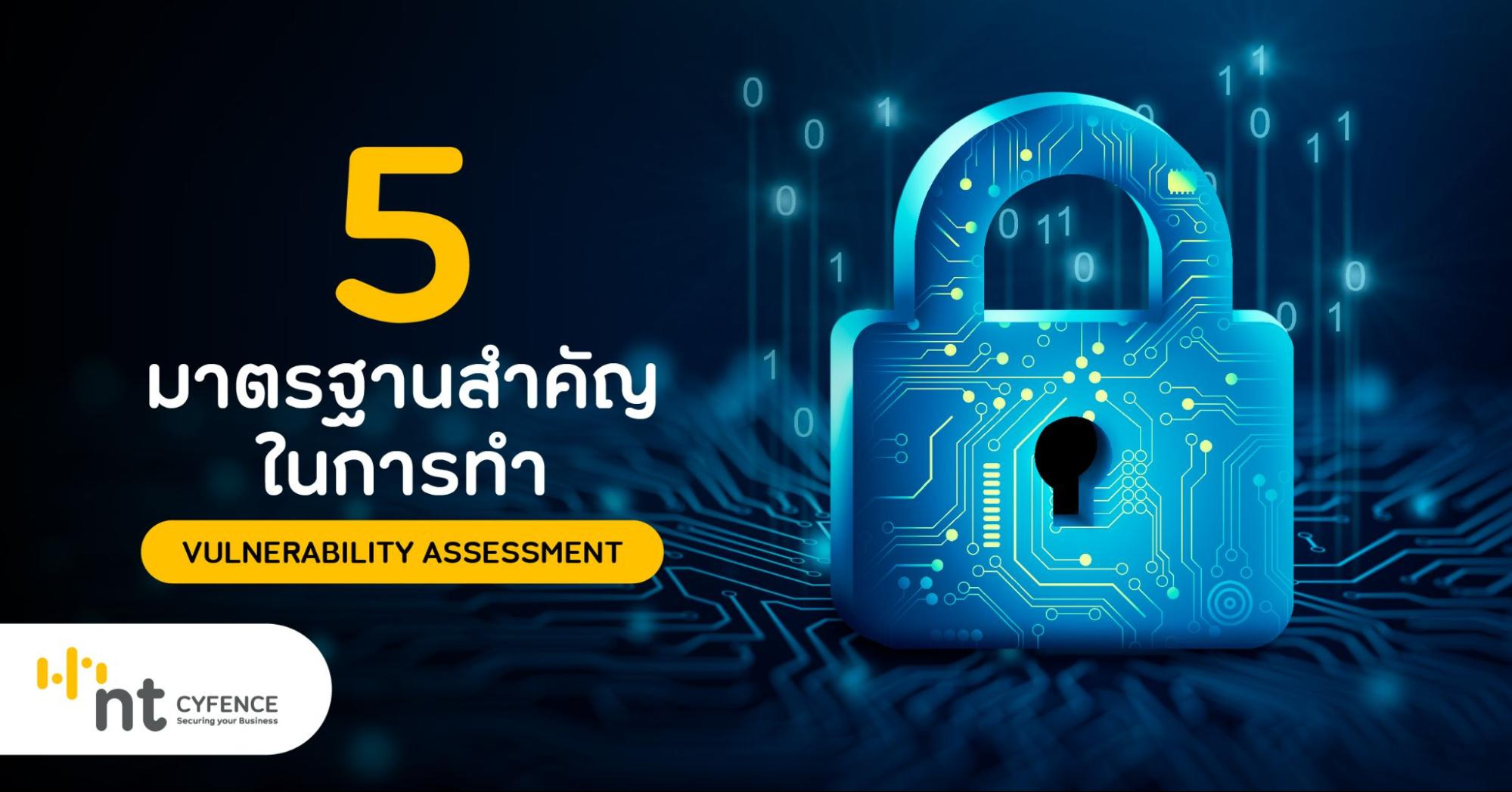5 มาตรฐานสำคัญในการทำ Vulnerbility Assessment
1 พฤศจิกายน 2022
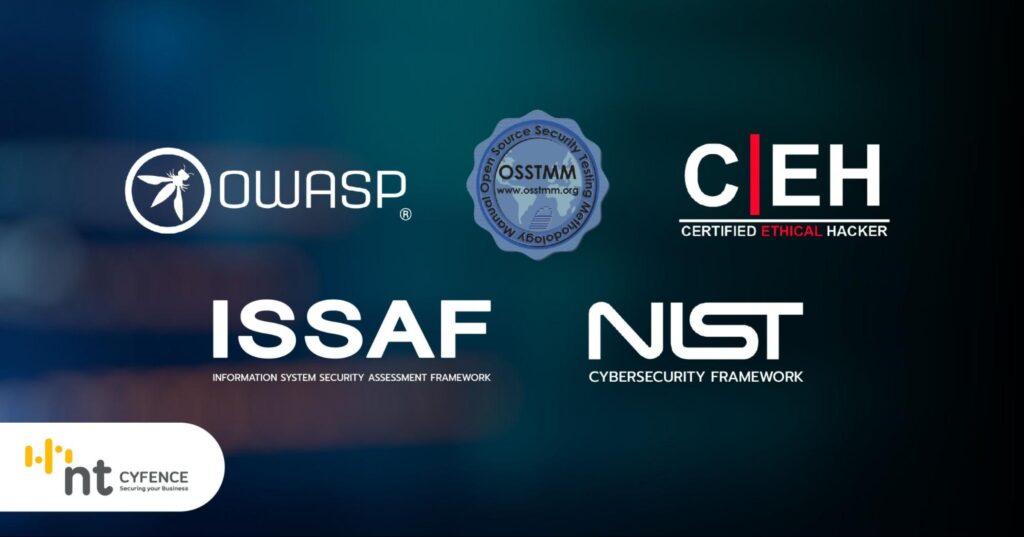
ในครึ่งปีแรกของปี 2565 มีแอปใหม่ออกใน Google Play Store จำนวนกว่า 570,000 แอป* เฉลี่ยกว่า 3,100 แอปต่อวัน แสดงให้เห็นถึงความเร็วในการพัฒนาแอปพลิเคชันในปัจจุบันว่าเร็วเพียงใด แต่สิ่งที่สำคัญที่ต้องทำควบคู่กันไปคือการประเมินหาความเสี่ยงที่เกิดจากช่องโหว่ ไม่ใช่เพียงแค่แอปพลิเคชันเพียงอย่างเดียวเท่านั้น แต่ยังรวมถึงช่องโหว่จากระบบระบบต่าง ๆ ด้วย เพราะ หากมีช่องโหว่เกิดขึ้น ก็อาจจะทำให้ข้อมูลของผู้ใช้รั่วไหล หรือแม้กระทั่งทำให้แฮกเกอร์สามารถนำเอาช่องโหว่ไปใช้โจมตีได้
ซึ่งมาตรฐานที่ใช้ในการตรวจสอบช่องโหว่นั้น มีอยู่หลายตัวเลือกที่ใช้ในการทำ ไม่ว่าจะเป็น OWASP, CEH, ISSAF, OSSTM หรือ NIST CSF เป็นต้น โดยมีรายละเอียดในแต่ละมาตรฐานดังนี้
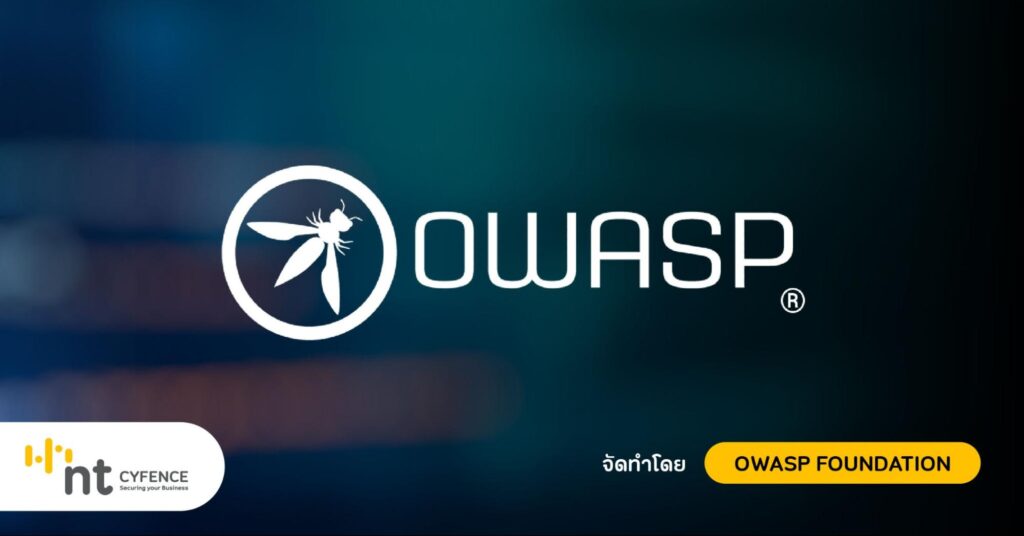
1. OWASP Top 10
จัดทำโดย OWASP Foundation เป็นองค์กรไม่แสวงหาผลกำไร ที่ให้ความรู้เพื่อเน้นเรื่องระบบความปลอดภัยในภาพรวมในหลายแง่มุมไม่ว่าจะเป็นการทดสอบแฮก การเขียนโค้ดให้ปลอดภัย และการกำหนดนโยบายหรือมาตรฐานด้านความปลอดภัยในหลาย ๆ ด้าน หนึ่งในมาตรฐานหลักของ OWASP นั่นก็คือ Web Application Security Standards ซึ่งมีช่องโหว่ 10 อันดับในปี 2021 ดังต่อไปนี้*
- Broken Access Control
- Cryptographic Failures
- Injection
- Insecure Design
- Security Misconfiguration
- Vulnerable and Outdated Components
- Identification and Authentication Failures
- Software and Data Integrity Failures
- Security Logging and Monitoring Failures
- Server-Side Request Forgery
โดยรายละเอียดในแต่ช่องโหว่นั้นสามารถอ่านได้ที่ https://www.cyfence.com/article/owasp-top-10-2021/
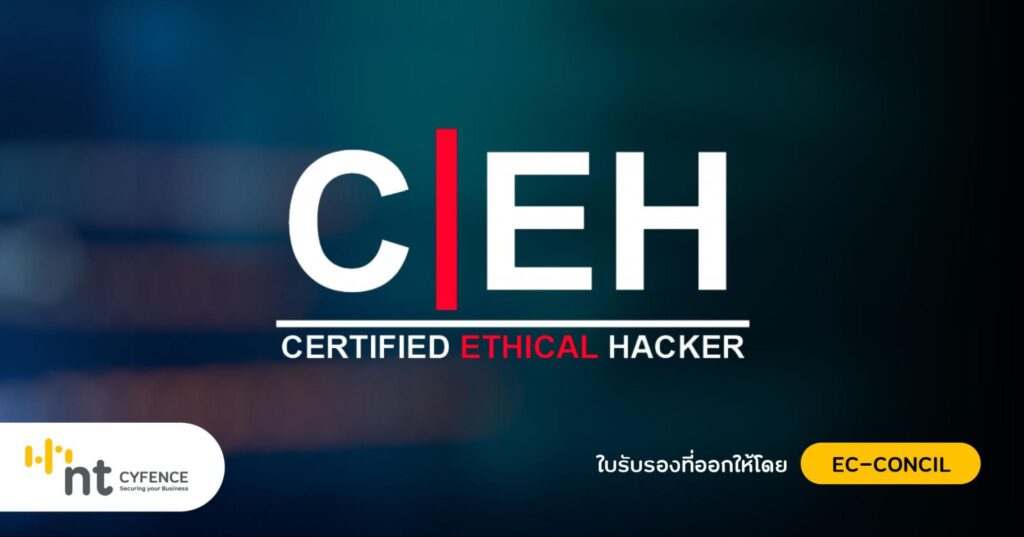
2. CEH
CEH หรือ Certified Ethical Hacker เป็นใบรับรองที่ออกให้โดย EC-Concil หรือ International Council of E-Commerce Consultants ซึ่งเป็นหน่วยงานที่ให้การอบรมและออกใบรับรองความรู้ทางด้านความมั่นคงปลอดภัยไซเบอร์ระดับโลก โดยจะเน้นการสอนแฮกแบบมีจริยธรรม (Ethical Hacking) โดยเนื้อหาจะเป็นเรื่องเกี่ยวกับ Information
- Security Threats (ภัยคุกคามความปลอดภัยของข้อมูล)
- Attack Vectors (วิธีการโจมตี)
- Attack Detection (การตรวจจับการโจมตี)
- Attack Prevention การป้องกันการถูกโจมตี
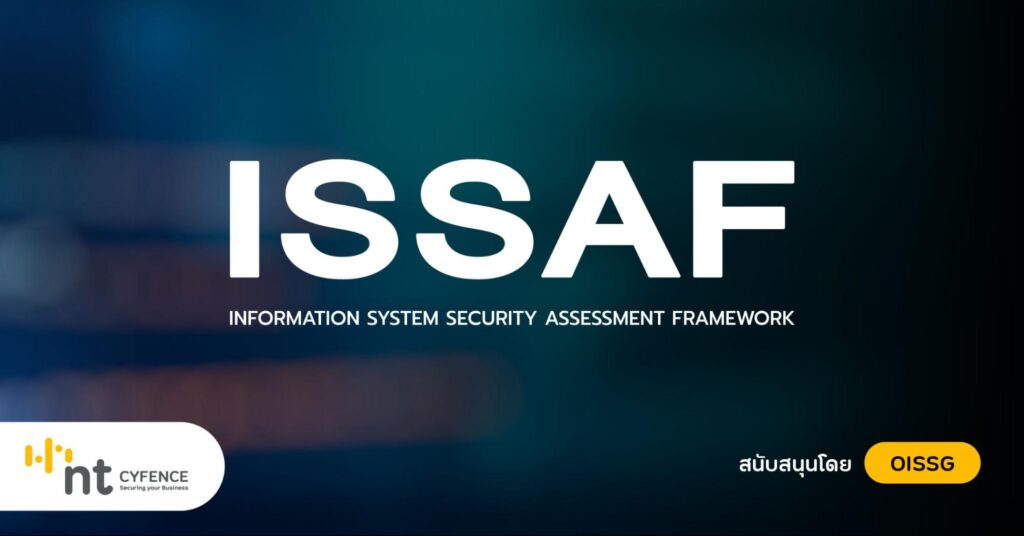
3. ISSAF
ISSAF หรือ Information System Security Assessment Framework ระเบียบวิธีเกี่ยวกับกรอบการประเมินความปลอดภัยของข้อมูลระบบ ที่เป็นแหล่งอ้างอิงที่ดีมากๆ ในการทดสอบการเจาะระบบ โดยจะคำให้คำแนะนำทางเทคนิคการทดสอบการเจาะระบบแบ่งออกเป็น 3 ระยะดังนี้
- Planning and preparation (วางแผนและเตรียมการ)
- Assessment (การประเมิน)
- Reporting (การรายงาน)
ซึ่งครอบคลุม เนื้อหาดังนี้
- Project Management
- Guidelines And Best Practices – Pre-Assessment, Assessment And Post Assessment
- Assessment Methodology
- Review Of Information Security Policy And Security Organization
- Evaluation Of Risk Assessment Methodology
- Technical Control Assessment
- Technical Control Assessment – Methodology
- Password Security
- Password Cracking Strategies
- Unix /Linux System Security Assessment
- Windows System Security Assessment
- Novell Netware Security Assessment
- Database Security Assessment
- Wireless Security Assessment
- Switch Security Assessment
- Router Security Assessment
- Firewall Security Assessment
- Intrusion Detection System Security Assessment
- VPN Security Assessment
- Anti-Virus System Security Assessment And Management Strategy
- Web Application Security Assessment
- Storage Area Network (SAN) Security
- Internet User Security
- As 400 Security
- Source Code Auditing
- Binary Auditing
- Social Engineering
- Physical Security Assessment
- Incident Analysis
- Review Of Logging / Monitoring & Auditing Processes
- Business Continuity Planning And Disaster Recovery
- Security Awareness And Training
- Outsourcing Security Concerns
- Knowledge Base
- Legal Aspects Of Security Assessment Projects
- Non-Disclosure Agreement (NDA)
- Security Assessment Contract
- Request For Proposal Template
- Desktop Security Check-List – Windows
- Linux Security Check-List
- Solaris Operating System Security Check-List
- Default Ports – Firewall
- Default Ports – IDS/IPS
- Links
- Penetration Testing Lab Design
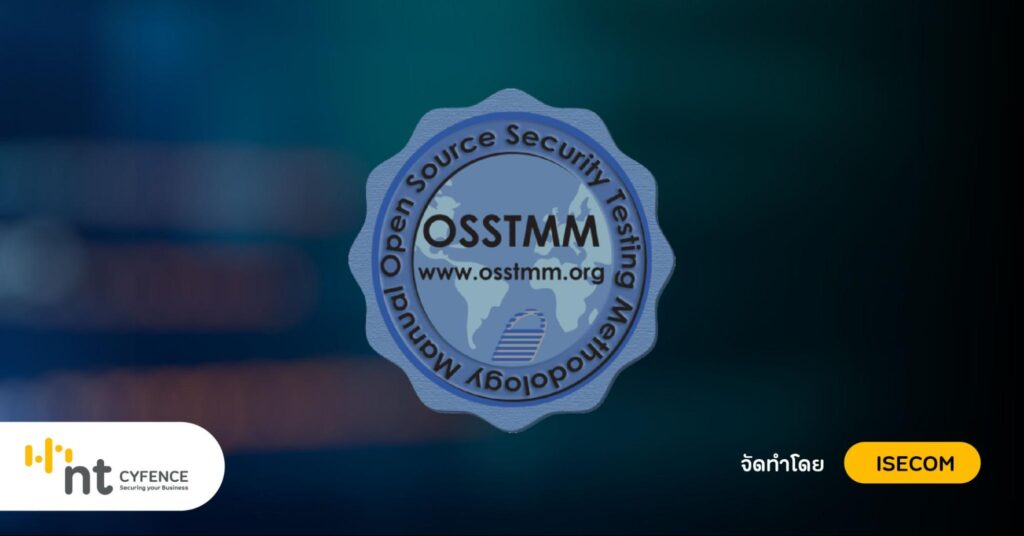
4. OSSTMM
OSSTMM หรือ Open Source Security Testing Methodology เป็น วิธีสำหรับตรวจสอบความปลอดภัยที่เกี่ยวข้องกับ 5 เรื่องต่อไปนี้
- Human Security Testing เน้นการประเมินระดับความตระหนักด้านความปลอดภัยไซเบอร์ของบุคลากร และประสิทธิผลของการฝึกอบรมด้านความปลอดภัยในองค์กร วิธีการที่จัดการเกี่ยวกับการโจมตีทาง Social Engineering ซึ่งเป็นเทคนิคการหลอกลวงโดยใช้หลักการพื้นฐานทางจิตวิทยาเพื่อให้เหยื่อเปิดเผยข้อมูล
- Physical Security Testing ประเมินการควบคุมการเข้าถึงทางกายภาพ
- Wireless Security Testing ครอบคลุมรูปแบบไร้สายต่าง ๆ ที่สามารถดักจับหรือหยุดชะงักได้ รวมถึงเครือข่าย Wi-Fi, RFID และอื่นๆ Telecommunications ครอบคลุมช่องทางการสื่อสารต่างๆ ในองค์กร รวมถึง VoIP, PBX และ voicemail
- Telecommunications Security Testing การทดสอบด้านการสื่อสาร เช่น PBX Testing หรือ Voice over IP testing เป็นต้น
- Data Networks Security Testing เป็นการทดสอบที่เน้นเรื่องความปลอดภัยของคอมพิวเตอร์และเครือข่ายของระบบ
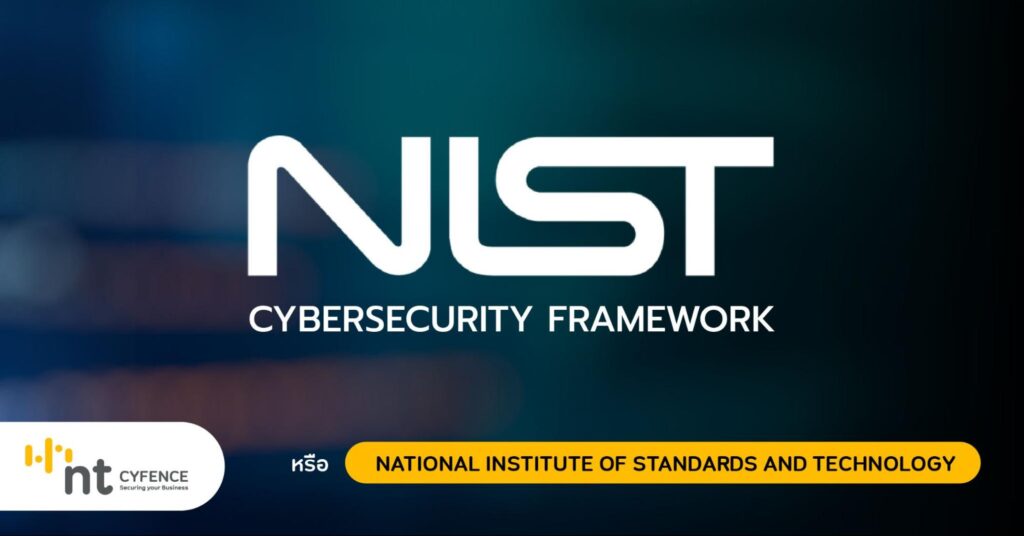
5. NIST
NIST Cybersecurity Framework (NIST CSF) เป็นหนึ่งในกรอบทำงานด้านความมั่นคงปลอดภัยไซเบอร์ ไม่เพียงแค่องค์กรในสหรัฐฯ เท่านั้น Framework ดังกล่าวยังเป็นที่แพร่หลายไปยังทุกภูมิภาคทั่วโลก ใช้เพื่อรับมือกับภัยคุกคามไซเบอร์ สำหรับรายละเอียดของ NIST CSF อ่านต่อได้ที่ https://www.cyfence.com/article/nist-cybersecurity-framework/
จากตัวอย่างดังกล่าวมา เป็น 5 มาตรฐานเบื้องต้นสำหรับผู้ที่ต้องการประเมินความเสี่ยงของแอปพลิเคชันหรือระบบ สามารถเลือกใช้งานตามความถนัดได้ แต่สำหรับหน่วยงานที่ยังไม่มีทีมงานที่ทำงานด้านนี้โดยตรง สามารถเลือกใช้บริการ Vulnerability Assessment ของ NT cyfence เพื่อทำการประเมินความเสี่ยงของระบบได้เช่นเดียวกัน
* ข้อมูลจาก Statista
ที่มา: medium , futurelearn
บทความที่เกี่ยวข้อง



